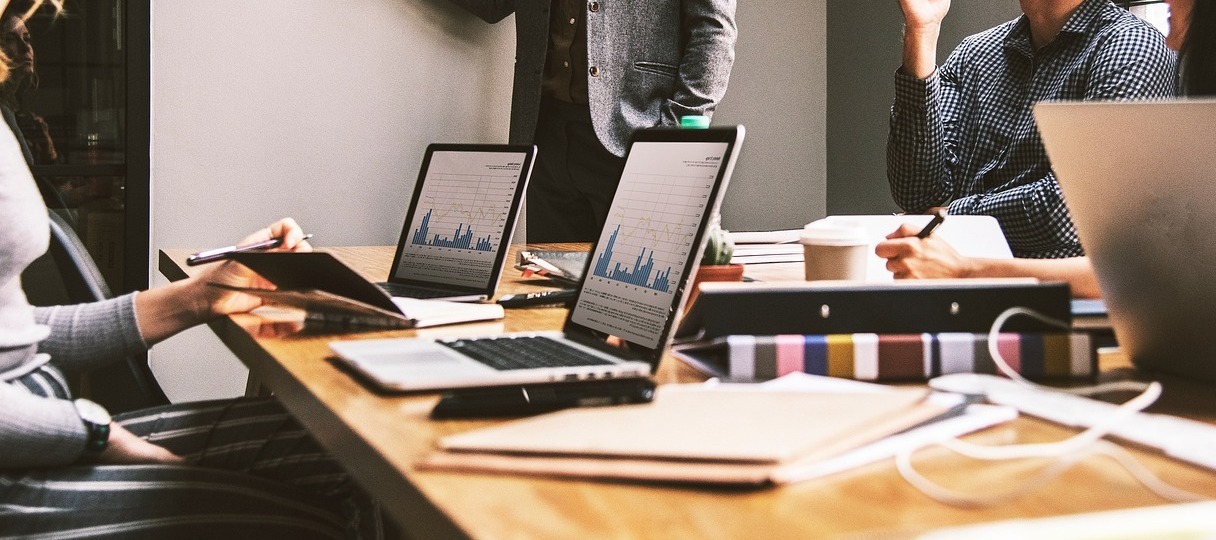
AI optimism: How embracing artificial intelligence is getting workers ahead
Some people find it hard not to panic when reading the latest iteration of the ‘AI is going to take your job’ headline – especially considering the rapid advancement of artificial intelligence tools in recent years. But Gus Nisbet, a 30-year-old music producer, is excited about what AI has to offer the workplace.
“It's all about co-creation,” says Nisbet, who also works as a creative strategist at sonic branding agency MassiveMusic in London. He is already using generative AI tools including OpenAI’s ChatGPT to streamline administrative tasks and enhance creative projects. “I’ll start up the idea and then use AI to flesh it out and develop it in more varied ways,” he says.
Since Nisbet has integrated AI tools into his daily workflow, he’s seen a huge surge in efficiency. Tasks that may usually have taken a half-day to complete, like analysing client feedback on a project, can be handled much faster when run through ChatGPT. “If you are using it in the right way, on the right task, you can crunch about four or five hours of work into about 30 minutes,” he says. He uses that extra time to focus on the tasks that require complex thinking and creativity.
While the growing capabilities of AI are certainly making many workers anxious, others are embracing the technology. They are already using the tools to improve on-the-job productivity and efficiency. And emerging data shows that there may be more AI optimism in the workplace than headlines – and our own biases – lead us to believe.

Microsoft’s annual Work Trend Index, released in May 2023, shows while 49% of people are worried AI will replace their jobs, far more – 70% – would delegate as much work as possible to AI to lessen their workloads.
“Employees are more eager for AI to help with this burden of digital debt than they are afraid of job loss,” says Colette Stallbaumer, Microsoft’s general manager for Future of Work. According to the report, 64% of workers struggle to get all their work done each day, often due to the constant influx of emails, meetings and other digital distractions. Once workers start experimenting with AI tools, says Stallbaumer, they realise “these tools are not going to replace my job, they’re actually going to be able to augment what I can do and my capabilities”.
Stallbaumer points to her own workflow, in which she uses AI to manage her meetings. “When every meeting becomes a digital artefact you can engage with it in a whole new way,” she says. Stallbaumer will use AI to summarise key points of meetings she’s missed and can even ask it to analyse the meeting in real time, to determine what people agree on and what requires further discussion.
Not only is she optimistic about the technology, but she also says she doesn’t want to go back to life without it. “People might’ve attended an hour-long meeting to get the two minutes of information they really needed,” says Stallbaumer, “so this is a game changer, because you can actually choose what works for you.”
Many AI tools also offer shortcuts to completing repetitive tasks or managing workers’ time. Nisbet, for example, uses AI image generators like Midjourney to “spice up” the decks he presents to clients as well as AI search tools to scan through music databases for relevant lyrics – a job that would otherwise take hours.

Daniel Rock, assistant professor of operations, information and decisions at the Wharton School at the University of Pennsylvania, agrees that reducing people’s workloads is a key advantage of AI entering the workplace. “I am very excited about the potential gains for removing a lot of drudgery at work,” he says. “That will help people focus on the stuff where they’re really needed, where human thought can be most helpful.”
Ideally, say the experts, as workers reclaim the time previously spent sitting in meetings or dissecting lengthy emails, they will have time for the parts of the job they enjoy – the complex, creative, human parts. And this is worth being optimistic about.
“Ironically, by using machines to speed up workflows, it means you can give your work a more human touch,” says Nisbet. “You have much more time to ideate, to think outside the box, rather than just going through the motions of getting it done."
Stallbaumer adds that this free time should also allow for more innovation. She points to the Microsoft research, which shows that workers who are currently struggling to get all their work done are also three-and-a-half times more likely to be struggling to innovate and think strategically.
It’s still far too early to know what the full impact of AI on the workplace will be, but experts are optimistic – and many workers are increasingly positive on the technology, too. Nisbet already sees these AI tools as collaborators. “People will still want that human connection and spirit embedded within the work,” he says. “And these tools can be used to help facilitate that narrative.”
Even for nervous workers, leaning into AI optimism simply might be a good strategy. As Rock says, “Thinking about how you can work with these machines is always a better proposition than how you can fight against them.”
LeackStat 2023
